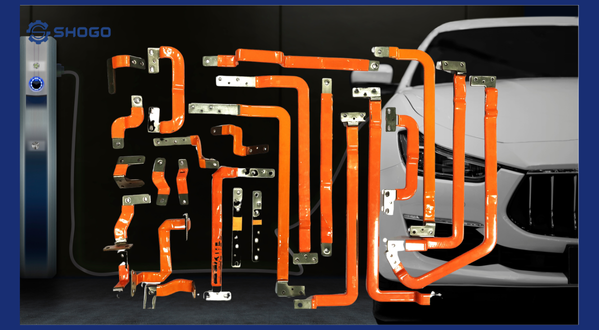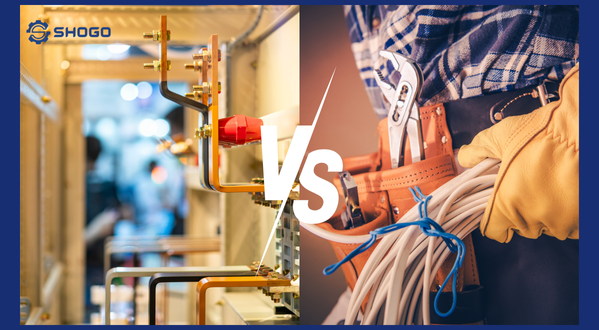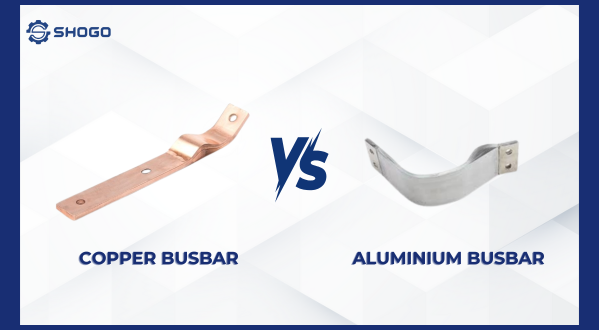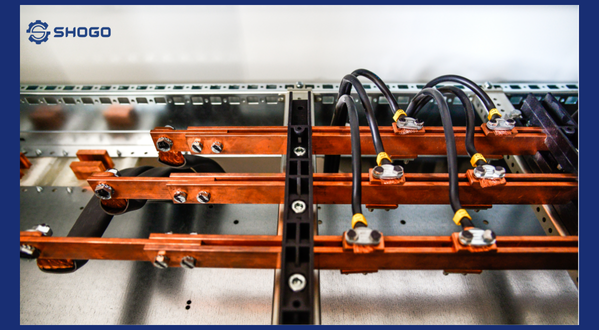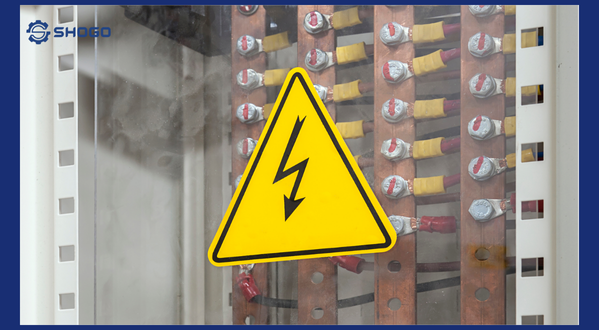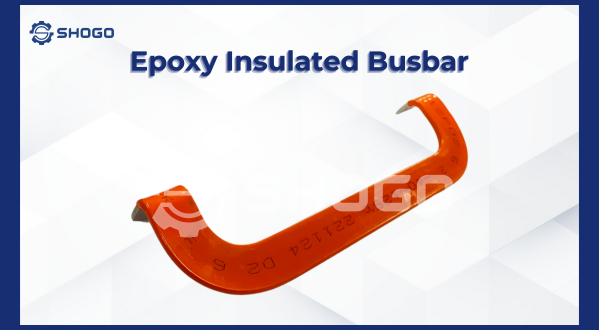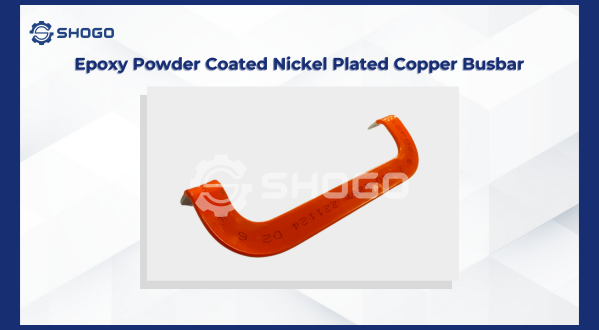
1. Introduction
Copper busbars, serving as the primary electrical conductors in power systems, play a crucial role in efficiently and safely transmitting electric current. To meet the growing demands for durability, reliability, and performance in electrical systems, copper busbars have undergone significant advancements in surface treatments. Among these, nickel plating and epoxy coating have created a superior product with numerous advantages.
What is a Nickel-Plated Copper Busbar with Epoxy Coating? To better understand this product, let’s analyze each component of its name:
- Copper Busbar: This is the core component, a conductive bar made of copper. Busbars transmit electrical current within electrical systems from the main power source to the consuming devices. Copper, with its high electrical conductivity, is widely used in these applications.
- Nickel Plating: This process involves coating the copper surface with a thin layer of nickel. The nickel layer offers several benefits:
- Corrosion resistance: Prevents the copper from oxidizing when exposed to air, ensuring product durability and longevity.
- Increased hardness: The nickel layer enhances the surface hardness, enabling the busbar to withstand mechanical impacts better.
- Improved aesthetics: The shiny nickel coating enhances the product’s appearance.
- Epoxy Coating: After nickel plating, the copper surface is coated with an epoxy powder. This coating serves the following primary functions:
- Insulation: Separates the busbars from each other and other conductors, ensuring electrical safety.
- Corrosion protection: Protects the underlying nickel layer from environmental factors, extending the product’s lifespan.
- Enhanced mechanical strength: The epoxy coating improves the busbar’s mechanical strength, allowing it to withstand impacts.
2. Surface Treatment Process for Copper Busbars
- Nickel Plating:
- Purpose: To enhance corrosion resistance, improve aesthetics, and provide a suitable base for the epoxy coating.
- Method: Electroplating and electroless plating are common nickel plating methods.
- Advantages: The nickel coating protects the copper from oxidation, increases hardness, and creates a smooth surface.
- Epoxy Coating:
- Purpose: To provide the final protective layer, enhancing insulation, corrosion resistance, and heat resistance.
- Process: Surface pre-treatment, spraying epoxy powder onto the busbar surface, and curing at high temperature to form a uniform coating.
- Advantages: Strong adhesion, excellent chemical resistance, wide range of colors, and a smooth finish
3. Factors Affecting the Quality of Busbars
The quality of a busbar depends on several factors, including:
- Copper quality: The purity and conductivity of the copper.
- Nickel plating thickness: Directly affects corrosion resistance.
- Epoxy powder type: Chemical composition, particle size, and viscosity of the epoxy powder.
- Construction conditions: Temperature, humidity, curing time, and powder spraying technique.
4. Standards and Quality Control
To ensure busbar quality, products must meet international standards such as IEC and ASTM. Common quality tests include:
- Plating thickness test: Ensures the nickel plating is thick enough to protect the copper.
- Adhesion test: Checks the adhesion of the epoxy coating to the nickel plating and copper surface.
- Hardness test: Ensures the epoxy coating has the necessary hardness to withstand mechanical impacts.
- Conductivity test: Ensures the coating does not affect the busbar’s conductivity.
- Heat resistance test: Ensures the coating can withstand the busbar’s operating temperature.
5. Applications of Nickel-plated Copper Busbars with Epoxy Coating
Nickel-plated copper busbars with epoxy coating are widely used in the following fields:
- Electrical industry: As main conductors in electrical panels, substations, and control centers.
- Electronics industry: As component leads and conductors in electrical circuits.
- Industry: Applications in automotive, aerospace, and energy industries.
6. Conclusion
Overall, nickel-plated copper busbars with epoxy coating have proven to be an optimal solution in the field of electrical conduction. With superior conductivity, excellent corrosion resistance, and high mechanical strength, this busbar meets the most stringent requirements of modern electrical systems. The combination of copper, nickel, and epoxy has created a product that not only ensures high performance but also has aesthetics and durability.





